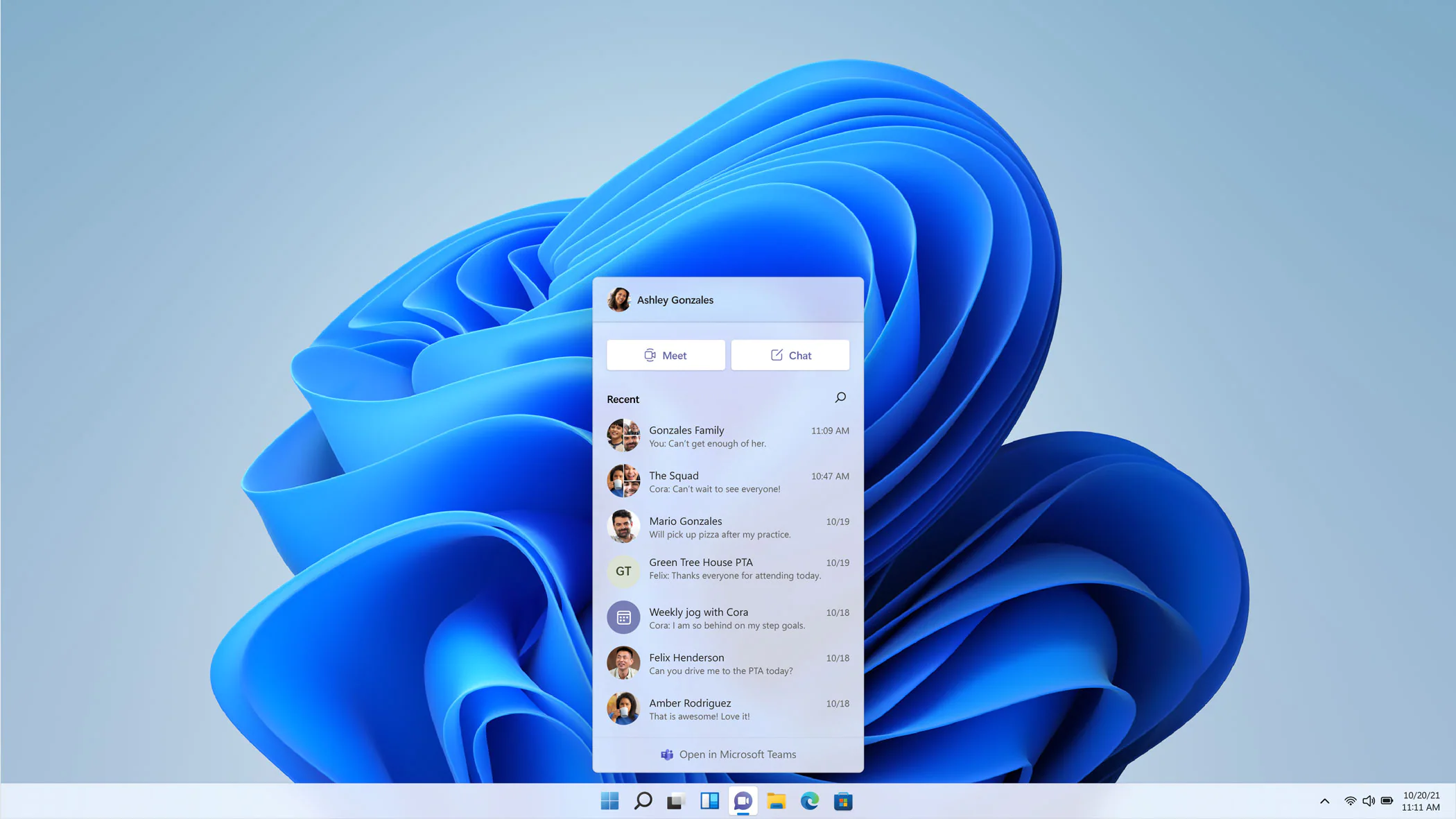Windows 11 is a rather unexpected announcement, considering Microsoft Painted Windows 10 as the last Windows release, so to speak. At first glance, changes in the new version brought are very minimal and a little controversial. Returning the taskbar and menu reshuffle began to ruffle feathers from many desktop users because it smelled of touch-based tablet design signals, for example.
However, below it, Windows 11 is more than just a facelift, especially by opening the door to finally update the application of the first party operating system. Dear applications such as paint and notepad, for example, finally refreshing after decades of stagnation. Now it’s time for the Windows file manager to get the waiting feature and for the start menu to get back something that was originally lost in the transition. Plus, Windows 11 also get some new features that increase its appeal for those who have hearing disabilities, and workers who deserve occasional rest.
We live in a complex and centric world, but some tools we use to manage files and folders seem to be trapped in the 80s. Windows file managers, for example, have long embraced the design philosophy that only involves seeing a folder at once. Of course, you can open multiple file Explorer files and even their tiles side by side, but quickly flutton your desktop and make everything more complex.
Over the years, third-party file managers have offered tabs as organizational tools, drawing from hard web browser lessons. In the upcoming Windows 11 update, the Explorer file will finally get the same tab-based design, Microsoft has announced, so users can draw one window and use it to manage all their folders. With what said, there are still some benefits to seeing different folders side by side, so lucky that Windows 11 also makes Windows settings much easier.
One of the biggest complaints about the new Windows 11 Start menu is how much makes all conventions outside the window. The new menu seems to be designed to force people to use default search functions instead of allowing them to scroll the list or application grille and files. Of course, you can emerve the application at the top, but you are limited to a few. This change in design makes it so you can’t even group the application as you want, something that is possible since Windows 95.
Microsoft finally brought back grouping capabilities, something that we first saw earlier this year in previewing. The new Windows 11 start menu now allows you to group applications to your own folder, making it easier to connect products that are not mentally related to their duties or themes. Some users are likely to still dislike the new start menu, but at least it is very slow to achieve more feature parity.
Microsoft paints all these new features as part of its efforts to support our hybrid-based future, where people may not always be at their office desk. Features such as enhanced focus time, privacy control for video chat, and many more will come with updates mentioned above, even though the company is not enough to come about that date.
